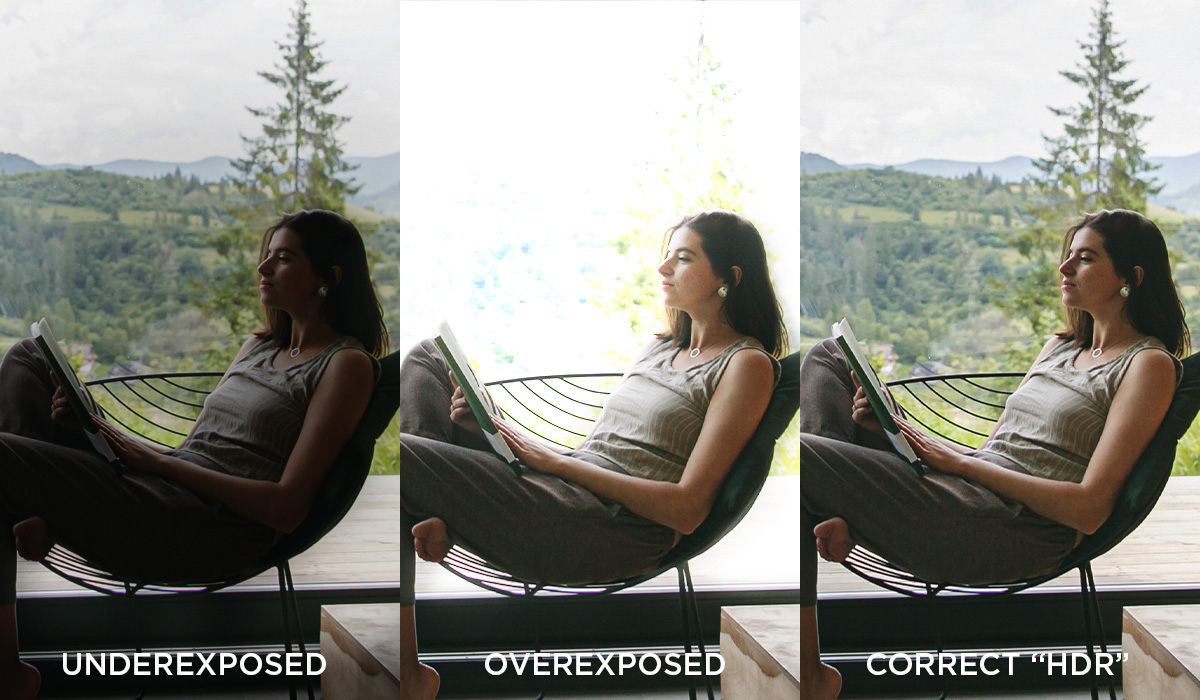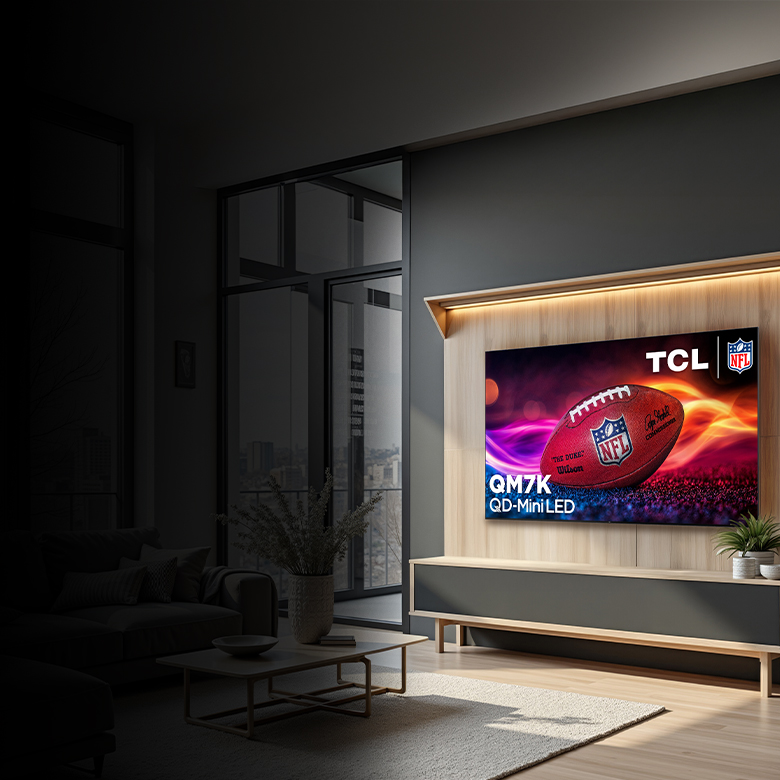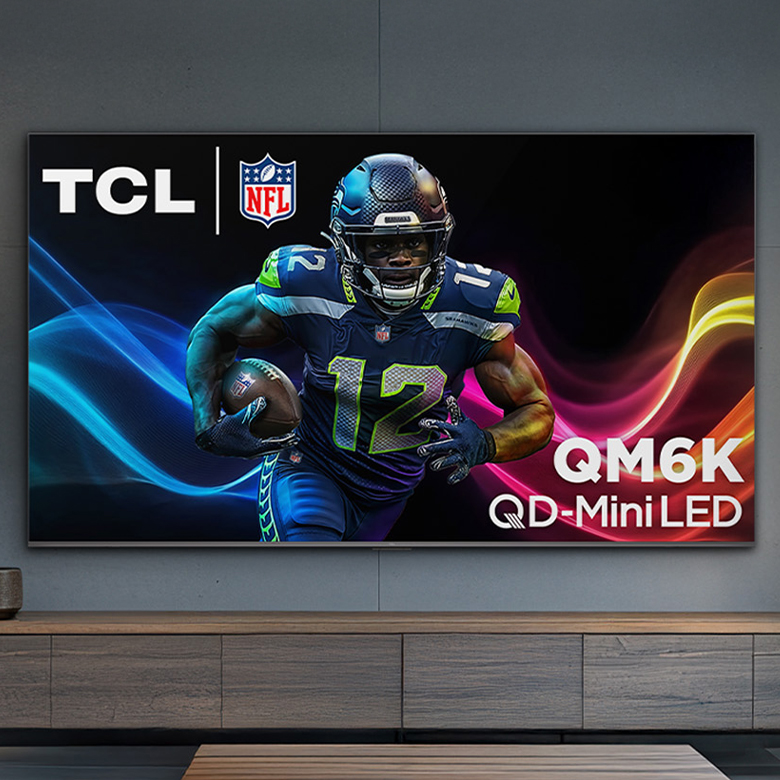*Well, maybe not everything…😊
Over the years, there have been many new developments in the TV industry aimed at improving the customer experience. Some have worked (larger screens, mini-LED, 4K) and some have not (3D, curved TVs, or even the Nintendo Power Glove).
In more than 30 years in this industry, I have never seen a technology so universally praised as the thing to get on a TV than High Dynamic Range, or HDR.
Everyone loves HDR. Moviemakers love it because they have a better canvas to paint their story with. Content providers like Netflix or Amazon love it because they can deliver better content. TV manufacturers love it because it challenges us to make TVs that can deliver on the promise of this exceptional technology. Most importantly, viewers like you love it because, quite simply, it gives you a remarkable picture!
HDR Defined
But what is HDR? What do I need to get HDR? How can I best appreciate it? Let’s take a (not too) deep dive into this revolution in picture quality.
The following may not withstand the rigors of engineering analysis, but it’s how I help explain HDR to folks. Imagine the familiar scene of taking a picture with the camera on your phone of someone sitting in front of a window on a sunny day. In most cases, the picture you take will result in:
- The subject exposed properly, but the background (or outside) becomes overexposed, or washed out.
- The background is properly exposed, but the subject is underexposed, or appearing in silhouette.
But when you look away from your screen or viewfinder, and look at the scene, you can see both the subject and the outside clearly…your eyes and brain have HDR!!!


A TV with HDR can do what your eyes and brain do and deliver the picture as it was intended. Beyond that, HDR unlocks the potential for not only more colors, but better colors, as well as stunning specular highlights that you sometimes appreciate without even know it!
Picture the opening scene of Solo, when Han is hotwiring the M68 landspeeder. The flashes of the sparks from the wires as Kilmo and his gang are closing in on him add to the intensity and excitement. HDR is what makes all those flashes jump off the screen!
Types of HDR
Hoping you are now as excited as I am, let’s quickly walkthrough what you need to know about HDR formats. The good news is that once you’ve chosen the TV for your needs, everything else is automatic! But there are different formats to consider.
Here is my take on what you can expect from these formats:
- HDR10, or open HDR – This is where it all begins. Any TCL TV with HDR supports this format. It has great specs to make the picture great, and includes one neat little nugget. When you are watching something in HDR10, a little bit of info called electronic metadata is embedded with the movie (or TV show) to tell the TV how it should look. Picture the difference between Disney’s Aladdin (bright, vibrant, playful colors), compared to the look of some of the latest Batman movies (dark, somber, gloomy). Not only do the color palettes used by the moviemakers set the mood, but the “electronic metadata” tells the TV how this movie should look to fully illustrate the moviemakers’ vision. The TV’s processing acts accordingly, and…*poof*...you’re drawn into the movie the way the director intended.
- HLG – This format is specially engineered to be used for live broadcasts for easy backwards compatibility with existing TVs that can’t support HDR. This format isn’t too common here in North America, but if you watched the US Open on DirecTV on their 4K channel (go Jon Rahm!), you watched in HLG.
- HDR10+ – This is a newer dynamic tone-mapping format found on select newer TCL TVs here in North America. With the small but growing availability of content in HDR10+, you will be impressed with brilliant luminance, deep contrast, and vibrant colors visible in every frame of every scene of movies and shows available in HDR10+.
- Dolby Vision – Dolby has made movies more fun through incredible technologies, including Dolby Stereo, Dolby Digital, and Dolby Atmos, to name a few. However, they’ve also turned their engineering prowess towards improving the visual experience as well for astonishing results. My favorite part is dynamic electronic metadata. Simply put, instead of one tiny bit of information reaching the TV saying, “this is how this movie is supposed to look,” Dolby Vision pushes the envelope by addressing the look of the movie on a scene-by-scene, even a frame-by-frame basis. When I was watching Kong: Skull Island, when they were on the deck of the research vessel, The Athena, everything was bright and colorful. But as they entered the storm surrounding the island in their helicopters, things got dark and gloomy. When I first saw this scene, I thought it was filled with bright flashes of lightning putting the team in peril. It wasn’t until I saw the Dolby Vision version that I realized the explorers were flying through searing lightning bolts, that cut a swath through the sky...a much more exciting, visceral experience to behold!
Where to Find HDR Content
So now we know the HDR formats. Depending on your needs, you have a better sense of what TCL TV might be right for you. But even with HDR, you might be asking yourself, “now how do I watch it?!”
The good news is it’s pretty easy from here. Almost all the major streaming services (Netflix, Amazon, Disney+, and HBO Max, to name just a few) support 4K and HDR, depending on your subscription. In most cases, pick what to watch and the streaming service picks the best experience for you.
But it gets better! There are tons of fun examples to put your TV through its paces and start watching in HDR:
- Type in “HDR” or “Dolby Vision” in the search box on Netflix, Amazon, and others and you’ll be introduced to TONS of movies and shows – 223 titles on Amazon alone!
- Did I mention Disney+? WOW! Not only is just about every movie from Disney, Pixar, and Marvel available in Dolby Vision, but almost everything from the Star Wars universe is there as well (even some of The Clone Wars)!!!!
- The 4K Spotlight channel on select TCL TVs will also show you the latest in 4K movies and identify those with HDR in the channel.
- On select TCL TVs, you can even use your voice to say, “Show me Dolby Vision movies” and a huge list will appear!
- Note that on some streaming channels (or cable/satellite providers), you need to let them know you want to be able to enjoy HDR content, and choose the appropriate subscription
One last thing… Not to toot our own horn, but all this amazing picture performance could not be realized were it not for some awesome TCL technology: Mini-LED backlighting and Contrast Control Zones, power the “pop” in having searing whites and inky blacks on screen at the same time. Plus, TCL TVs with QLED Quantum Dot wide color—the reference standard for color performance in TVs today—is what fills the screen with vibrant, bright colors, regardless of your viewing environment.
What’s even better is that HDR and TCL’s amazing picture performance don’t just benefit movies and TV shows, since HDR is also available with the latest video games and consoles. Being drawn into a game has never been better than when you’re playing in glorious HDR (and Dolby Vision on the new Xbox Series X).
Want to get nerdier? Head over to Dolby to learn more about Dolby Vision and how it enhances home entertainment and gaming. It’s amazing technology.
So, from the stunning picture of our 4-Series to our industry-disrupting 6-Series, to our wall devouring XL Collection, TCL has the right TV for you to see your favorite movies and TV shows like never before, now with HDR!



share